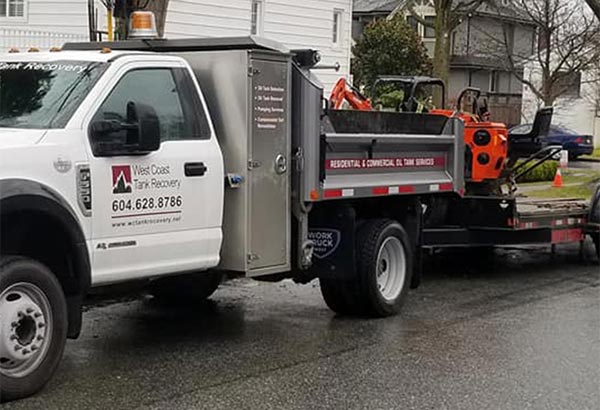 Fully Licensed and Insured
Fully Licensed and Insured Request an Oil Tank Scan
Request an Oil Tank Scan Request a Free Estimate
Request a Free Estimate

When furnace oil was the source of heating homes before 1957, many people used underground oil tanks. These underground tanks were sometimes covered and capped after being replaced, or if natural gas heating was installed. With the passage of time, many of the tanks were left unattended and resulted in rusting, corrosion and oil leaks. These leaks can spread to the neighbor’s property and you can be liable for such damage under the law. You should seek oil tank detection services providers’ assistance in dealing with these issues, if you suspect a buried tank on the property.
Legal Obligations
The bylaws of the municipalities make it compulsory to remove the buried oil tanks and contaminated soil. There are some exceptions though. If removing tanks cause a permanent damage to the building or nearby areas, you may not remove it completely. However, you still have to pump out the remaining oil and fill the tank with sand using expert engineering practices.
In addition to municipalbylaws, you will also have to adhere to the Environmental Management Act of B.C. If the contamination spreads to the neighboring areas, you should take necessary remediation measures.
Seller’s Obligations
If you want to sell your property, you will have to submit a PDS or Property Disclosure Statement, disclosing the defects of your property including the presence of an oil tank if any. If you declare that there is no oil tank on your property and later on the buyer finds one, you will be held liable for misstatement.
To avoid all the legal complications and also the potential dangers of these oil tanks, you should hire oil tank removal experts in Vancouver.